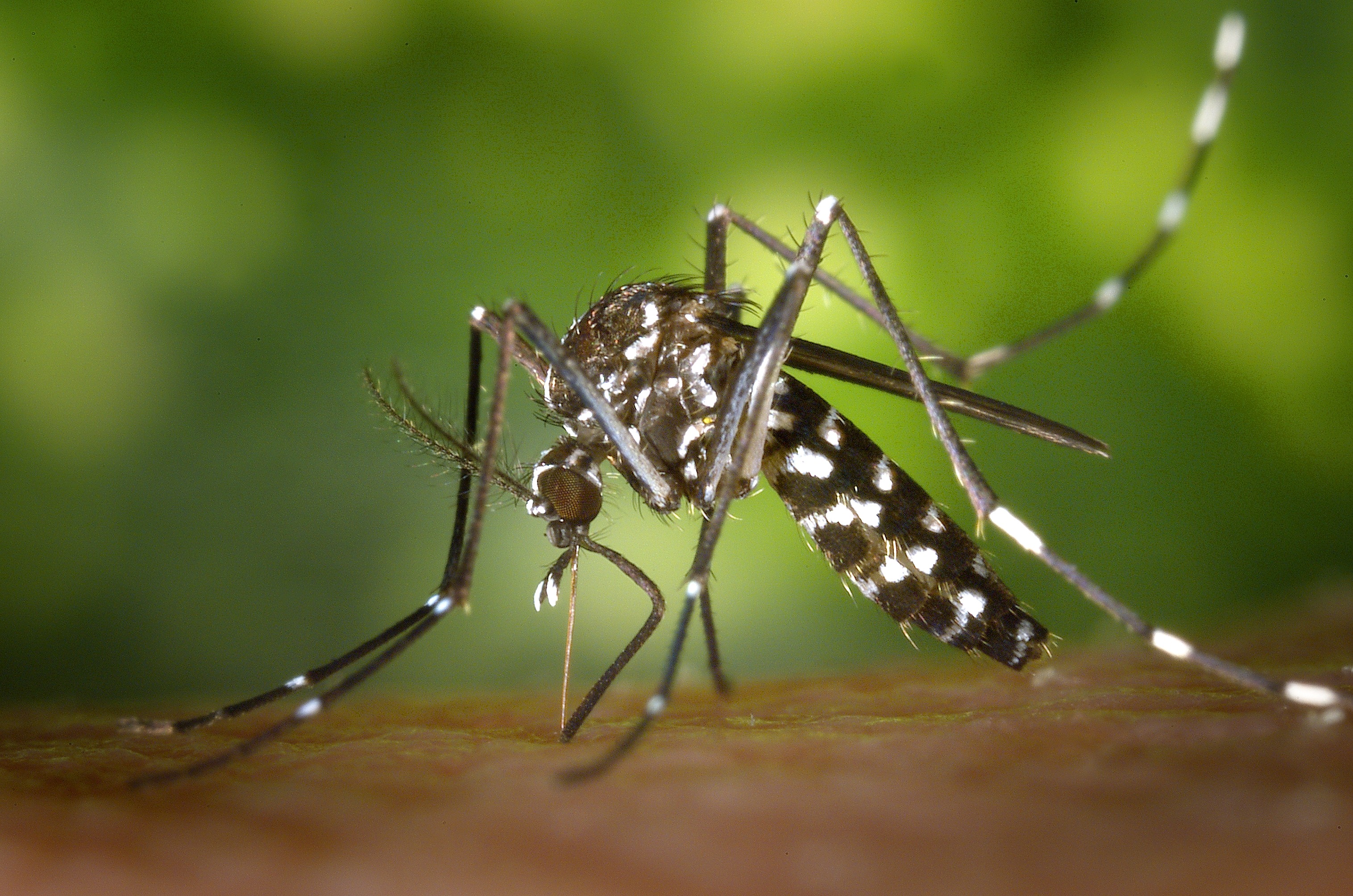
You are probably familiar with Zika fever, an obscure disease that you likely hadn’t heard of until last year when an explosion in the number of infections and related birth defects had the world on high alert. Zika is a mosquito-transmitted disease that causes a mild fever and a rash in adults, but that can cause microcephaly (a condition where the head is drastically smaller than expected) in a fetus if a pregnant mother contracts the disease. Zika can now be added to the list of diseases whose transmission can be curtailed by colonizing its vector (carrier organism that transmits the pathogen) with a parasitic bacterium.
Zika has been described in the scientific literature since the early 1950s, but it had been previously confined to Africa and Southeast Asia. The most recent outbreak occurred as the virus made its way to Brazil and into South and Central America, carried by infected travelers and disseminated further by a widespread mosquito species called Aedes aegypti.
Although controlling mosquito-borne diseases like Zika has proven difficult, with efforts ranging from searching for treatments to developing vaccines, targeting the mosquitoes themselves may prove to be the key. Mosquito nets are only partially effective and insecticides are often toxic to honey bees (and sometimes to humans), but the bacterium Wolbachia may provide health officials with a new strategy. Recent research has shown that infecting mosquitoes with Wolbachia can drastically reduce the rates of Zika infection.
Wolbachia is a bacterium and a reproductive parasite that infects a variety of insects, including butterflies, wasps, ants, and bees. It is passed on from mother to offspring, and often inhabits the ovaries or testes of the host. These bacteria promote their own survival by favoring the reproduction of infected females over that of uninfected females, using mechanisms such as male killing (killing infected male embryos and increasing the birth rate of infected females), feminization (where infected males develop as females or infertile pseudo-females), parthenogenesis (the reproduction of females without the need for males), or cytoplasmic incompatibility (where the offspring resulting from the cross between an infected male and an uninfected female are non-viable).
The use of Wolbachia-infected mosquitoes to control disease transmission is not a new proposal, especially after it was discovered that some Wolbachia strains (such as wMel) interfere with certain viruses or microbes when introduced into A. aegypti, a known vector for many human diseases such as dengue fever, chikungunya, yellow fever, malaria, and more; wMel-infected mosquitoes are already being deployed in field trials in Colombia, Brazil, Australia, and the U.S. to determine if the idea is deployable on a global scale. Thus, scientists looked to Wolbachia as a possible means of controlling Zika virus transmission as well.
Researchers from the University of Wisconsin-Madison, led by Jorge Osorio, PhD, recently investigated Zika infection, dissemination, and transmission rates in Wolbachia-infected mosquitoes and found that they are lower than the corresponding rates for uninfected mosquitoes, indicating that Wolbachia infection can also be used to control the transmission of Zika. Their research was published in Scientific Reports.
Osorio and his team captured A.aegypti from communities near Medellin, Colombia, and divided them into two groups. They infected the first group with wMel, and they kept the second bacteria-free (these are called “wild type”). The researchers then allowed both groups of mosquitoes to feed on Zika-infected mice and then monitored the proportions of tested mosquitoes with virus-infected bodies, virus-infected legs, and infectious saliva, which served as proxies for infectivity, dissemination, and transmission efficiencies, respectively.
The wMel-colonized mosquitoes were demonstrated to be less efficient vectors of Zika when compared to wild type mosquitoes.
Given that these bacteria are transmitted from mother to offspring, there is very little chance of unintended Wolbachia spread throughout the environment; it is important to note that many insect species already harbor different Wolbachia strains as part of their own symbiotic relationships.As we slowly realize the enormous impact that bacteria have on our lives, we might be able to add this parasitic bacterium to the legion of microbes that are beneficial to human activity.
What did you think of this article? Have suggestions? Let us know in the comments below!

I was born and raised in Mexico City, but I have lived in six cities in four different countries, finally moving to the U.S. when I was in high school. I obtained a B.S. in Biology from Georgetown University and a Ph.D. in biochemistry from Vanderbilt University. As a graduate student, I worked in the lab of Neil Osheroff, where I focused on characterizing oligonucleotide-based topoisomerase II poisons against human type II topoisomerases. Although I enjoy doing research and figuring out biological puzzles, but I also have a passion for communicating science, which itself is a puzzle with many solutions.
While in my doctorate, I wrote articles for general and scientific audiences through various on campus newsletters (VUMC Reporter, Results and Discussions, BioVU) and off campus publications (A-BOM Reports, NIH ExRNA Blog, Science Center).
In 2017, I was a Spanish Language AAAS Mass Media Science and Engineering Fellow. I spent the summer writing for the online news division of Univision Noticias, communicating scientific discoveries to general audiences.
When not in lab or writing articles, you will most likely find me rock climbing, playing ultimate (frisbee), or playing board games with friends, probably while sampling all kinds of craft beer.




